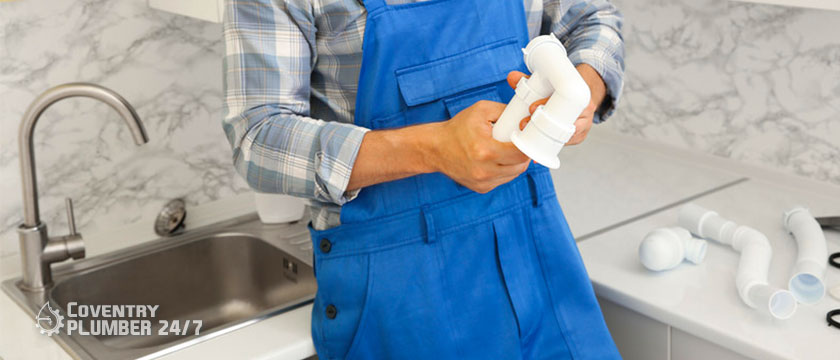
11 Dec. 21
How To Clean The Toilet Cistern
There are certain items in our home that we tend to ignore. Out of sight, lose your mind until something goes wrong. The toilet tank is one of them. Almost all home toilets have a tank that acts as a reservoir for freshwater used to flush a toilet bowl. Depending on the quality of the water in your area, mineral deposits can form inside the tank that can damage or interfere with the operation of the components. In hot, humid areas, mold and mildew can develop in the tank, especially if the toilet is not flushed frequently allowing for frequent refilling with clean water. Fortunately, cleaning the tank is not difficult and can be done with products you probably already have in your pantry.
You can avoid clogging with Blocked Toilet and local plumbers coventry services.
How Often To Clean The Toilet Tank
Each toilet tank should be cleaned twice a year. If you’re using water from a well in an area with hard water, it’s a good idea to clean the tank every three months to keep the flush valves in good working order. Cleaning the tank will also help reduce hard water and rust stains on the toilet bowl and freshen the air in the bathroom.
What do you need?
* Long handle scrub brush
* Sponge
* Rubber gloves (optional)
* White vinegar
* Disinfectant cleaner
Find the Water Valve
The water must be drained from the tank and this is simple if you use the water control valve to stop the water flow. Locate the valve, usually on the wall behind the tank or near the bottom of the toilet. Turn it clockwise to turn off the water flow.
Remove the lid from the tank and place it outside. Flush the toilet until the tank is completely empty . Depending on the size of the reservoir, two or three flushes may be required to empty the tank. Since you’ll have to flush the toilet a few times to empty the tank, why not clean the toilet thoroughly before you start cleaning the tank so that the water can flush out the dirt? You don’t need to let the water go to waste.
Evaluate the Tank
If the tank is new or you live in an area with really great water, you may just need to give the tank a good scrubbing with a disinfectant cleaner. However, if you see rusty discoloration on the bottom of the tank or a ring of hard mineral near the top of the tank, the tank will need a deeper cleaning with vinegar. Do not clean the tank with full strength chlorine bleach or fill the tank with chlorine bleach. Bleach can damage internal components and even warp some flapper valves.
Cleaning with Disinfectant Cleaner
Spray a disinfectant cleaner inside the tank walls and on the floor – a foaming bathroom cleaner works well and will stick to the surface. Avoid spraying the cleaner on any metal component that may corrode. Allow the cleaner to work for at least 10 minutes before scrubbing.
Use a long-handled scrub brush to remove dirt. Do not use your existing toilet brush! No need for potential bacteria to enter the tank. Make sure you reach the corners and bottom of the tank.
Use a dampened sponge and some disinfectant cleaner to clean all the “working parts” of the toilet. Wipe the float, vane, lever chain or rod, refill tube, and other components. Spray the cleaner onto the sponge to avoid using too much, which can corrode metal components.
Turn the water valve back on and let the tank refill. Wash several times to get rid of the cleaner and loosened soil.
Deep Cleaning with White Vinegar
The acetic acid in distilled white vinegar gently breaks down minerals so you can clean them. Empty the reservoir, remove the top and fill with distilled white vinegar to the level of the overflow valve. Depending on the size of the tank, it may take three gallons of vinegar to fill the tank.
Leave the vinegar in the tank for 12 hours. After the soaking period, empty the tank by washing the vinegar. Using the same steps as a disinfectant cleaner, use a long-handled brush to remove any loose dirt. Clean working components with a sponge and some disinfectant bathroom cleaner. Open the water control valve and fill the tank with water to remove all the dirt.


